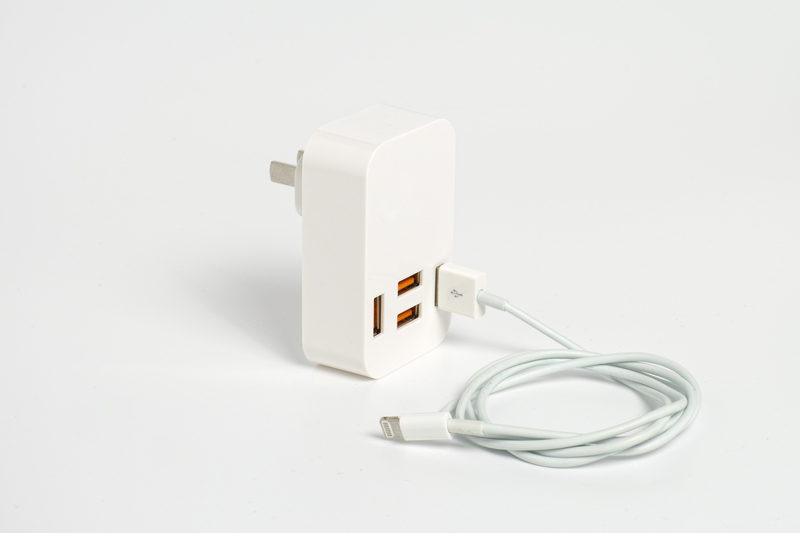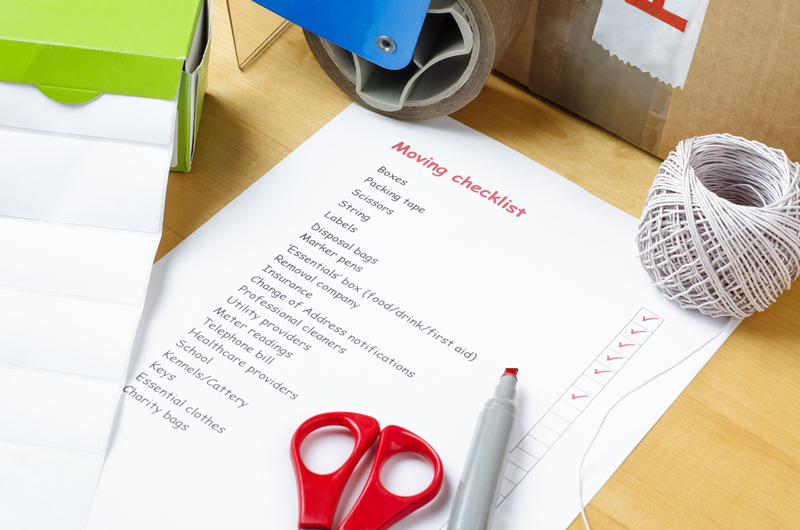Storing a Freezer Properly When It's Not in Use
Posted on 28/05/2025
Storing a Freezer Properly When It's Not in Use: The Ultimate Guide
Whether you're moving, renovating, or simply don't need your freezer for a season, proper freezer storage is crucial. Failing to store a freezer properly when it's not in use can lead to unpleasant odors, damage, mold growth, and even mechanical issues. Fortunately, following a few key steps can extend the life of your appliance and ensure it's ready to function when you need it next.
Why Proper Freezer Storage Matters
Freezers are a substantial investment for any household or business. When left unused and forgotten, they can quickly become breeding grounds for bacteria and fungi, or develop long-term mechanical issues. Knowing how to store a freezer properly when it's not in use helps:
- Prevent unpleasant odors and mold
- Protect internal components and wiring
- Save on costly repairs or replacements
- Prolong the appliance's overall lifespan
The Risks of Improper Freezer Storage
If you skip essential steps, you might face:
- *Growth of mold and mildew*
- Damage to internal seals or insulation
- Mechanical failure or broken compressor
- Unpleasant lingering smells
- *Rodent or insect infestation*
Let's explore how to store a freezer when not in use, step by step, to ensure it stays in great condition.

Step-by-Step Guide: Storing Your Freezer When It's Not In Use
1. Unplug and Remove Contents
Before you begin, always unplug the freezer from the electrical outlet. This step ensures safety during cleaning and prevents any risk of electrical malfunction.
- Remove all food, trays, bins, and baskets.
- Dispose of expired or unwanted items responsibly.
2. Defrost and Clean the Freezer
Defrosting is vital to prevent moisture and mold. Here's how to do it efficiently:
- Leave the freezer door open at room temperature. Let all ice melt completely. This may take several hours or overnight, so plan ahead.
- Use towels to soak up excess water. Avoid using sharp objects to dislodge ice, as this may damage the interior walls.
- Once thawed, wipe down every interior surface with a mixture of mild soap and warm water.
- For stubborn stains or smells, use a baking soda solution (1 tbsp baking soda per quart of water) to scrub the interior gently.
3. Completely Dry the Appliance
Moisture is the enemy when you're storing a freezer not in use. Dry the entire interior and exterior thoroughly:
- Use clean, dry towels or microfiber cloths to remove all moisture.
- Leave the door open for several hours to air out the inside, ensuring every crevice is dry.
4. Deodorize to Prevent Odors
Avoid any future unpleasant smells by placing an open box of baking soda inside the freezer during storage.
- You can also use activated charcoal as an alternative.
- This helps absorb any lingering moisture or odors, keeping the freezer fresh for months.
5. Secure and Protect Doors
Never fully close the freezer door when storing it long-term. This is a key tip to prevent mold and mustiness!
- Leave the freezer door slightly ajar, using a prop or spacer, so air can circulate freely.
- Alternatively, secure the door open with rope or tape, provided it doesn't damage the finish.
- If storing outside a living space, consider locking mechanisms for added security.
6. Store Accessories Separately
Remove any removable shelves, drawers, or baskets and store them separately to prevent cracking or breaking.
- Bundle small components together in a labeled bag or box.
- Clean and dry each part fully before storing.
7. Choose the Right Storage Location
Where you place your freezer when it's not in use makes a major difference to its longevity.
- *Opt for a cool, dry, and well-ventilated area*.
- Avoid damp basements, garages that are not climate-controlled, or outdoor spaces exposed to the elements.
- Never store the unplugged freezer in direct sunlight or against walls that get hot.
- Elevate the freezer slightly off the floor to allow air circulation underneath--use wood blocks if necessary.
8. Protect the Exterior
Keep dust, scratches, and pests at bay by covering your freezer with a breathable dust cover or old sheet. Avoid plastic wrap or tarp, as this can trap moisture and cause corrosion.
- Check back occasionally for signs of condensation or rodent activity.
Maintaining Your Freezer During Storage
Regular Inspections
If the freezer will be stored for more than a month or two, it's wise to inspect it periodically:
- Look for any signs of pest intrusion, condensation, or mildew.
- Rotate the baking soda or activated charcoal every couple of months for maximum effectiveness.
Protecting Power and Internal Components
If you live in an area with extreme temperature swings, consider moving your stored freezer to a more temperature-stable environment as needed. Prolonged exposure to very hot or very cold temperatures can damage wiring insulation and sensitive electronic controls.
Avoid Placing Heavy Objects on Top
No matter how tempting, do not stack items on top of your stored freezer. Excess weight can:
- Distort the appliance's shape
- Put strain on hinges or seals
- Possibly affect internal components
How to Prepare a Freezer for Reuse After Storage
Checklist Before Turning Your Freezer Back On
When you're ready to use your freezer again, follow these *crucial steps*:
- Thoroughly inspect the interior and exterior for cleanliness, pests, or mold.
- Wipe down all surfaces with a disinfecting solution if needed.
- Ensure the power cord and plug are undamaged.
- Install shelves, bins, and other accessories.
- Allow the freezer to stand upright (if it was moved) for at least 4 hours before plugging in, to let the compressor oil settle.
- Plug in the unit, set it to the desired temperature, and let it cool fully before adding food.
Additional Tips for Storing a Standalone Freezer Not in Use
- Label the freezer with "Not In Use--Do Not Plug In" if you're storing it in a shared location, to avoid accidental use.
- Keep a maintenance journal noting storage start dates, inspection checks, and prep steps for future reference.
- If you plan to store your freezer for longer than six months, consider running it every few months for a short cycle to keep mechanical parts lubricated and functional.
For Chest Freezers and Upright Freezers Alike
While the above steps apply to both styles, chest freezers, given their design, are often more susceptible to moisture retention. Make extra sure the seal and bottom areas remain open and aired during storage.

Frequently Asked Questions about Proper Freezer Storage
Can I store my freezer outside?
It's generally not recommended to keep a freezer outside unless it's rated for outdoor use. Exposure to the elements or extreme temperature changes can damage seals, insulation, and circuitry.
How long can an unplugged freezer be stored?
A properly cleaned, dried, and propped open freezer can be stored indefinitely. However, regular checks and a dry, temperate environment are essential for maintaining its condition.
What can I use to keep my stored freezer smelling fresh?
Open boxes of baking soda, activated charcoal, or even coffee grounds help absorb odors during extended storage periods. Replace or refresh these odor absorbers every couple of months.
Is it necessary to prop open the freezer door?
Yes, always store a freezer with the door slightly ajar! This step prevents trapped moisture from turning into mold or mildew, which can render your appliance unsafe or unusable.
Final Thoughts on Storing a Freezer Properly When It's Not in Use
Storing a freezer correctly when it's not in use is a simple process, but following each step diligently is the key to protecting your investment. From deep cleaning and airing out to propping doors and covering against dust, these habits ensure that your freezer remains as good as new, no matter how long it's out of commission.
By taking a few precautions today, you'll enjoy an odor-free, efficient, reliable freezer for years to come--whenever you need it again.
- Unplug and empty before cleaning
- Defrost and dry thoroughly
- Deodorize and keep door ajar
- Cover for dust, but allow air circulation
- Choose a cool, dry storage location
- Inspect periodically and keep pests away
Take these easy extra steps, and your freezer will be ready, safe, and fresh--no matter how long it's stored!

 request quote
request quote




